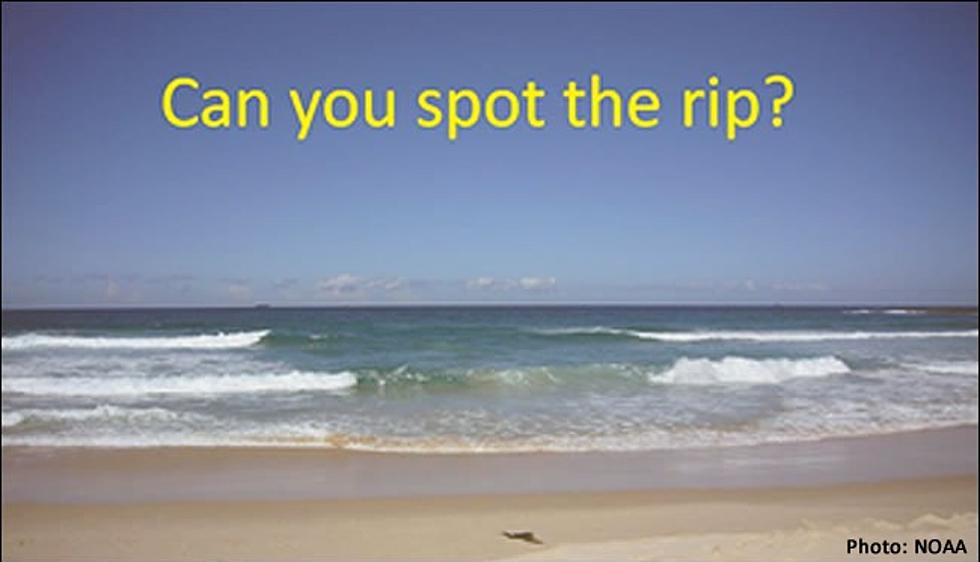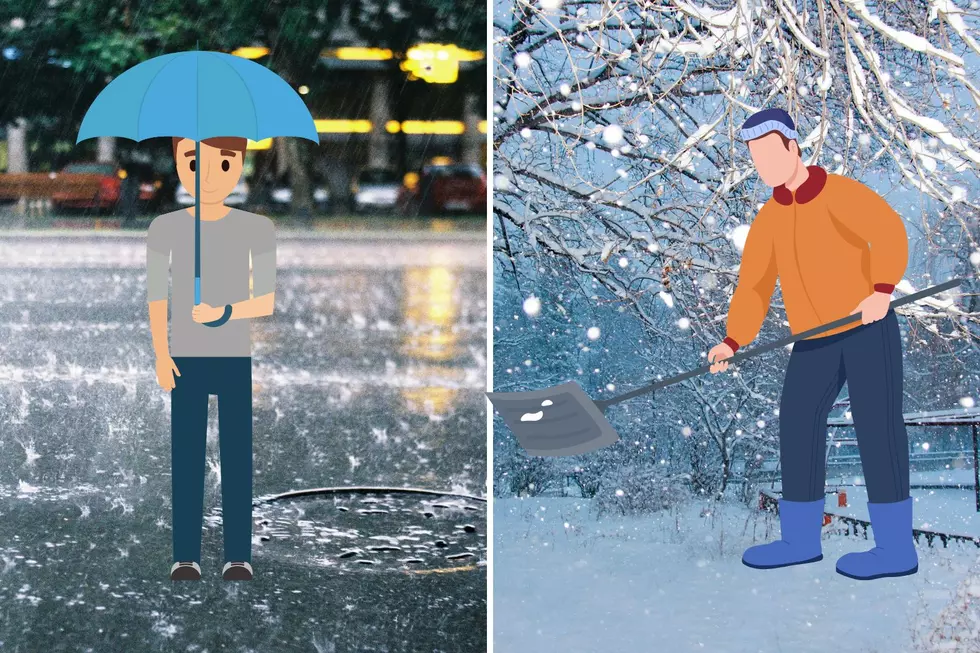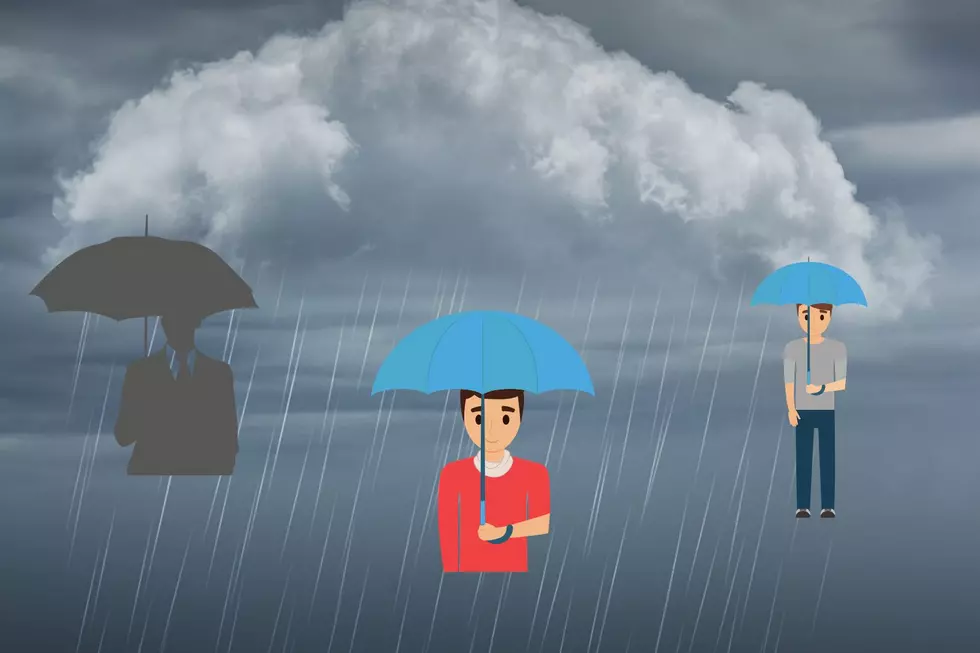
Break the Grip of the Rip
A new and easier way to teach your kids how to survive a rip current.
With beach season upon us and kids getting ready to jump into the ocean, we have constantly heard the same advice about fighting to survive rip currents: swim parallel to the coastline.
Somehow or other, this advice isn't working, as kids AND adults continue to DIE by stupidly swimming when lifeguards aren't present, when conditions are unsafe, or alone with no one to watch out for them. And then, just as horrifying, other people drown trying to save their loved ones and also getting sucked under.
Our friend and trainer of the Navy Seals on how to swim safe in the ocean, Monmouth County resident Don Walsh (a retired military man and long-time lifeguard in Spring Lake,) has three simple words:
FLIP, FLOAT, AND FOLLOW
In other words, if you find yourself being sucked out to sea by a rip current, don't fight it by trying to swim against it to get back to shore, and don't panic. You will waste your energy and drown.
Simply flip over onto your back, float on your back, and follow the rip current where it leads you, even if that is farther out to sea than you feel comfortable with.
This will keep you safe until a lifeguard can rescue you.
Last summer at the Jersey Shore, there were EIGHT FATALITIES due to drowning in the ocean attributed to rip currents, and at least 20 more drownings due to swimming after hours or at unguarded beaches. It is so sad that these tragedies could have been prevented.
For over 20 years, the NJ Sea Grant Consortium has been supplying shore towns with rip current signs and informative pamphlets. You can get one at our Asbury Park Boardwalk Studios every Friday through Sunday during our live broadcasts. Just ask. Or CLICK HERE for the info.
You can also get local surf zone forecasts from the National Weather Service: CLICK HERE.
Remember, regardless of how nice the day is and how calm the water looks, rip currents are always possible, especially near jetties. You should make it a habit to ask the lifeguard on duty what the ocean conditions are like before you or your kids go swimming in the ocean. GO UP TO THEM AND ASK! THAT'S WHAT THEY ARE THERE FOR! Don't just assume it's safe out there just because others are swimming.
Also, ocean conditions from beach to beach change each season after a winter of bad weather. Just because your favorite spot last years was safe to swim in, doesn't mean it will be calm again in that spot this season. Our beaches are constantly eroding and building new sand bars, and you have to be especially cautious when swimming in the ocean early in the season since sand bars increase the likelihood of rip currents.
Don't forget: Rip currents may be common at certain beaches, but can just as easily pop up anywhere. Always keep your eyes out for churning or foamy water or breaks in the wave pattern as a hint.
And if you haven't done so already, grab a copy of Don Walsh's book Teach the Beach to read to your kids before summer gets underway. For all the details, CLICK HERE.
More From 94.3 The Point









